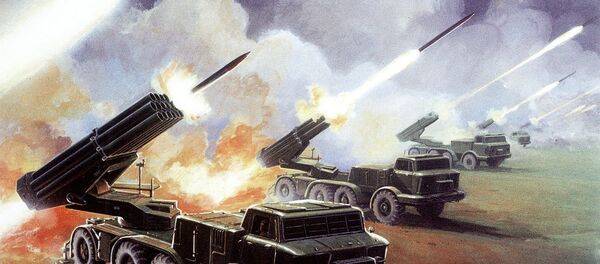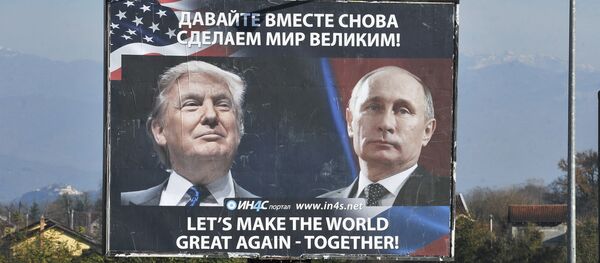Michael O'Hanlon, senior fellow and specialist in US defense and foreign policy at The Brookings Institution, and Dr. Binoy Kampmark, a senior lecturer in the School of Global Urban and Social Studies at RMIT University in Melbourne join the program.
Michael O’Hanlon says that military planners are paid to analyze worst case scenarios, and see that although the number of NATO troops in Eastern Europe and the Baltics may at present be small, NATO and the US are gaining experience in moving troops around. Russian military planners are wondering what Western forces may be pre-stocking in Europe, that can be added to at short notice later on. The new US Virginia class attack submarines and the new generation of long-range bombers (B21) are also discussed. Michael O’Hanlon comments that these programs were planned at a time when US – Russia relations were better and were actually conceived as a counter threat more against China than Russia. Dr. Kampmark says that America seems to be currently concerned that it is not keeping up with military modernization programs in Russia and China, thus providing the ingredients for an arms race, and has allocated large amounts of money for these purposes.
The second part of the program concentrates on nuclear arms. The main question which is discussed concerns what President Trump will do in terms of the modernization of the US nuclear missile program. Michael O’Hanlon provides an update as to what exactly is going on in Congress this week as regards this issue. Dr. Kampmark points out that international arms control agreements which reduce the number of missiles do not necessarily mean that the destructive power of nuclear weapons has been reduced, as more powerful, multiple warheads can be housed in one missile. Furthermore, it is no longer necessary to test weapons in the same way as previously. Michael O’Hanlon points out that Russia has been somewhat reluctant to reduce its nuclear capacity as it has such a massive land area to defend. This is difficult to do using conventional forces alone.
We'd love to get your feedback at radio@sputniknews.com






